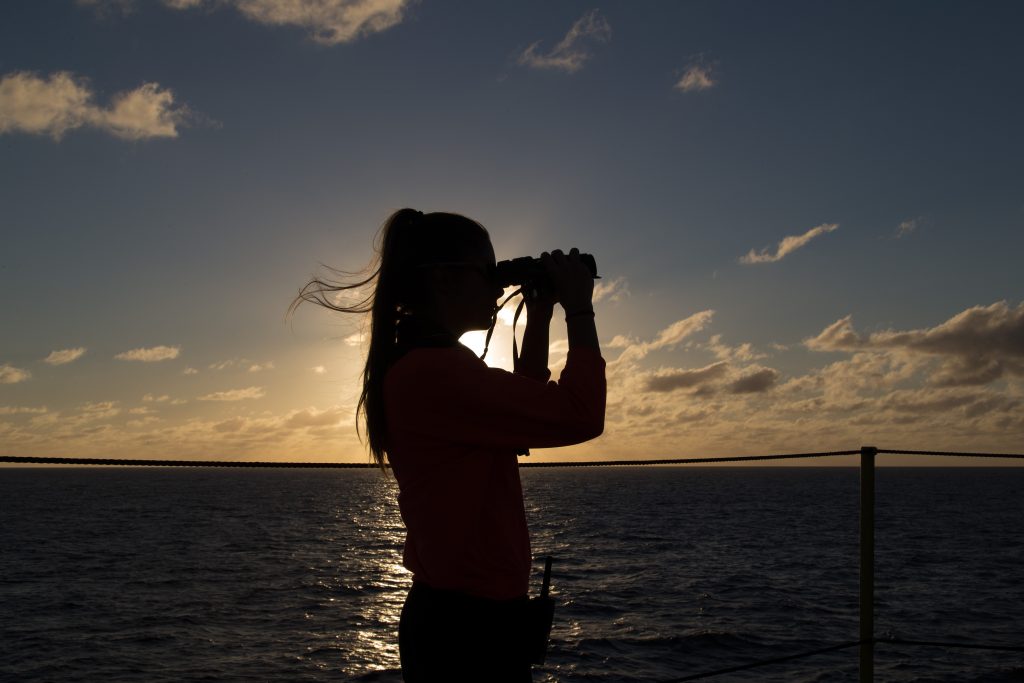
What is the Indonesian Throughflow?
On our expeditions page, we wrote out our science objectives for coring along the western coast of Australia. Our focus, as the name suggests, of the expedition is to follow the history of the Indonesian Throughflow (ITF) and the Leeuwin Current to investigate topics like tectonics, climate change, and the development of ocean currents in this region.
So what are the ITF and the Leeuwin Current?
The ITF is a flow of warm, less salty water from the Pacific Ocean through a gap between the southeast Asian islands and northern Australia into the Indian Ocean. It’s an important player in thermohaline circulation or the global heat conveyor belt. The ITF also flows into the Leeuwin Current, which is a current coming in from the Indian Ocean toward western Australia and transports warm water southward along the coast of western Australia. The map below shows a great depiction of the direction of the currents.

It’s important to note that the Leeuwin Current brings in warm waters because this is one of the drivers of climate over Australia. Specifically, it is responsible for the aridity (i.e. dryness) of the Australian continent. The Leeuwin Current influences the Australian monsoon (rainy) season. In the months of June – September, the Australian monsoon is weaker in the region we are in now (i.e. it’s drier here) as a result of a stronger Leeuwin Current, while from December – February, the Australian monsoon is more predominant, corresponding to a weaker Leeuwin Current. The strength of the Leeuwin Current over time has also changed, which results in an overall drying-out of western Australia (weaker monsoon) for the past ~5 million years. One way we can track how wet or dry Australia has been over millions of years (and therefore how strong or weak the Leeuwin Current was) is by looking at the different types of pollen found in our cores. Different plants produce different pollen (as anyone with allergies knows) so they can be used to show changes in the vegetation in Australia, which is linked to the amount of rainfall (grass needs less rain than trees!).

Leeuwin Current is so warm, it’s the reason there are corals so far to the south (Albrohos Islands), corals that we have been finding on our expedition. These corals are the most southerly true corals found in the world, and the time when they started growing here is really important because it tells us when the Leeuwin Current first arrived. This is then linked back to the movement and strength of the ITF over time, and therefore, tells us more about the global conveyor belt!
So, by studying the changes recorded in our sediment cores, along the ITF and the Leeuwin Current, scientists can track the changes in climate and environment (both in the ocean and on land) that have happened millions of years ago!
Jisun
A big thanks to Kara for her LARGE contributions in making of this blog post.
